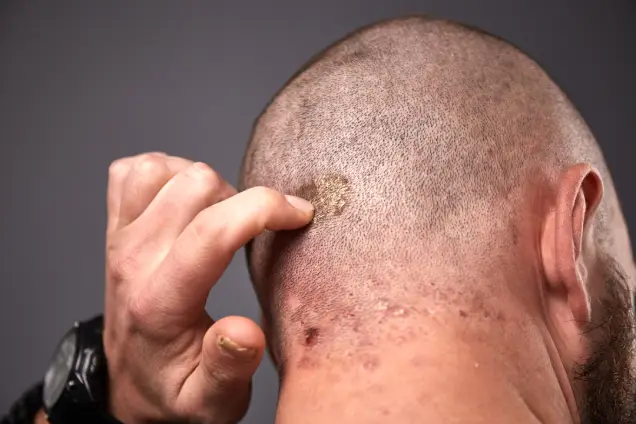
Seborrheic dermatitis is a common, chronic skin condition characterized by inflammation and flaking of the skin. It primarily affects areas with a high density of sebaceous (oil) glands, such as the scalp, face, and upper trunk. However, skin folds may also be involved in rare situations like in neonates.
1. Topical Treatments:
2. Lifestyle Adjustments: Avoiding known triggers, such as stress or harsh skin products, and maintaining a consistent skincare routine.
3. Oral antifungals - They may be needed in severe cases.
Seborrheic dermatitis is manageable with appropriate treatment and lifestyle adjustments. Consulting a dermatologist can help tailor a treatment plan to effectively control symptoms and improve skin health.